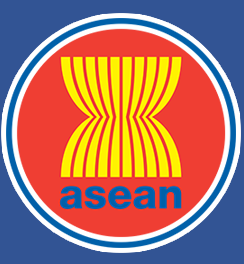ASEAN Journal on Science and Technology for Development
Abstract
This research is of great importance for controlling the altitude of a satellite, especially one used for global communications in a geo-stationary orbit. The objective of this research was to advance a design based on the modelling of an orbit controller for a satellite orbiting into a circular orbit. This encompasses a good understanding of the system’s dynamics. Once a satellite is launchedinto a desired orbit, it never remains in this ideal orbit. The external forces present in space cause perturbations to the ideal orbit. To bring the satellite back into the desired orbit, on-board thrusters provide the in-orbit propulsion. In this research, the altitude of the satellite was controlled by a thruster fashioned by the on-board thrusters installed in the radial and tangential directions. However,dictated by the controllable prerequisite, we achieved dynamic system stabilization with the aid of two thrusters as well as one thruster. Thus, the feedback dynamic control system responded to both the two-input and the single-input cases. The model developed was effectively a linearized, normalizedand state-space model. The simulation of this model was based on the MATLAB environment. The design evolved accordingly was used to revise the effect of pole placement on the controlling parameters, such as settling time, peak time, overshoot, and damping ratio of the closed-loop system. This enabled us to make predictions on the stability requirements for several dynamic systems ofthe type considered. The design tool thus developed was applied to an actual current communication satellite design. The design results were evaluated and recommendations completed.
Publication Date
6-20-2012
Recommended Citation
M.T, Hla; Y.M, Lae; S.L, Kyaw; and M.N, Zaw
(2012)
"Implementation of a Communication Satellite Orbit Controller Design Using State Space Techniques,"
ASEAN Journal on Science and Technology for Development: Vol. 29:
No.
1, Article 2.
DOI: https://doi.org/10.29037/ajstd.48
Available at:
https://ajstd.ubd.edu.bn/journal/vol29/iss1/2

